Cattle Market Forecast 2024
by Jenny Alonge
Cattle production is the most important agricultural industry in the United States and consistently accounts for the largest share of total cash receipts for agricultural commodities. The U.S. has the world’s largest feed-cattle industry and is the world’s largest beef consumer, but the beef cow herd is the lowest since 1962. What does this mean for the cattle market in 2024?
Decline in beef supply
Numerous factors, including drought, record beef production during COVID-19, and increasing production costs, have contributed to the beef supply decline. The United States Department of Agriculture (USDA) forecasts 2023 beef production at 27 billion pounds with a drop to 25 billion pounds in 2024, which represents a 6.5% decrease. This decrease is expected to result in the lowest per capita availability of beef in the U.S. since record-keeping began in 1970 and means consumers are paying record high prices.
Cattle on feed
The USDA’s monthly Cattle on Feed reported that on October 1, cattle on feed totaled 11.58 million head, which is 1% higher than October 2022 and the second highest October Cattle on Feed total since the survey began in 1996. Higher calf and feeder prices incentivize cattle placement into feedlots, making more cattle available for market in the short term. The increase means more cattle move into the supply chain and are removed from future inventory.
Heifers on feed on October 1 totaled 4.6 million head, which is 1.3% higher than October 2022. A high percentage of heifers going to market leaves fewer females to rebuild the herd, likely resulting in a smaller 2024 calf crop.
Drought
Drought is a major factor that limits producers’ access to grass, hay, and other feedstock and significantly drives up production costs. The top 10 cattle-producing U.S. states account for 57% of the nation’s beef cattle, and the top five, which include Texas, Oklahoma, Missouri, Nebraska, and South Dakota, produce nearly 40%. The top five cattle producing states and many other states in the top 10 all experienced severe drought in 2022 and 2023, and the damaged pastures and high feedstock costs led many cattle producers to liquidate their cattle, which limits future herd growth.
Volatility, risk, and aging cattle farmers
Cattle producers receive a large component of the retail price (i.e., approximately 39 cents on the dollar), so they are exposed to more risk than most other agricultural markets. The low cattle inventory has led to high cattle market volatility, which can mean better prices in the short term, but not necessarily the future. According to the USDA’s 2017 Ag Census, the average age of cattle producers is increasing, and older farmers have less incentive to invest in their operation expansion, especially when that involves more risk exposure.
Rising interest rates
Since the beginning of 2021, the median interest rate on non-real estate loans has doubled. In the second 2023 quarter, half the new operating loans had interest rates above 8.5%. When interest rates increase, banks require more collateral to secure repayment in case of default. This means, existing farmers, as well as individuals interested in entering the field who could help increase cattle inventory, find securing a loan extremely difficult.
Consolidation
Many economists think that the difficulties cattle producers face may lead small operations to sell to larger producers. They also project that fewer cattle available for processing will lead to processing plant consolidation.
Beef export
In 2022, the USDA Foreign Agricultural Service’s Production, Supply, and Distribution forecasts ranked the U.S. as the second largest beef exporter behind Brazil but expects the U.S. to drop to the fourth place in 2023. Beef exports are projected to sink 14% to 3 billion pounds in 2023, the lowest since COVID-19 disturbed meat processing and international trade. The USDA forecasts that U.S. beef exports will hit an eight-year low of 2.8 billion pounds in 2024.
Beef import
To help compensate for the beef supply decline, the U.S. is importing more lean beef from countries such as Australia and New Zealand to blend with its fattier supplies. The USDA recently raised its 2023 and 2024 beef import forecasts and plans to import Paraguayan beef for the first time in a quarter of a century. The Livestock Marketing Information Center projects U.S. beef imports will reach a record 3.7 billion pounds in 2023, and rise to 4.2 billion pounds in 2024.
Cattle inventory growth is necessary before beef prices can come down for consumers, but current demand remains high. The U.S. is compensating by importing record high amounts of beef and exporting less.



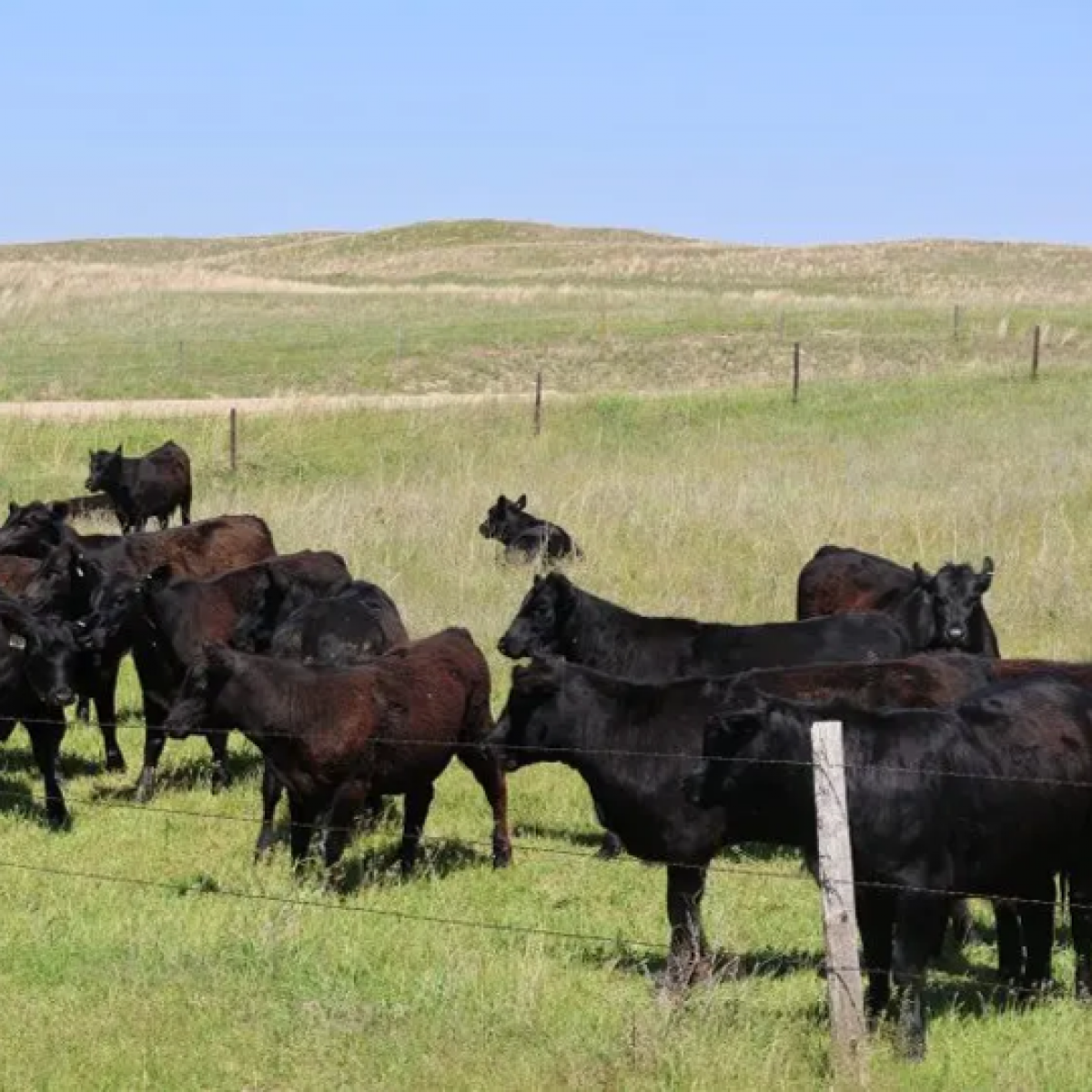
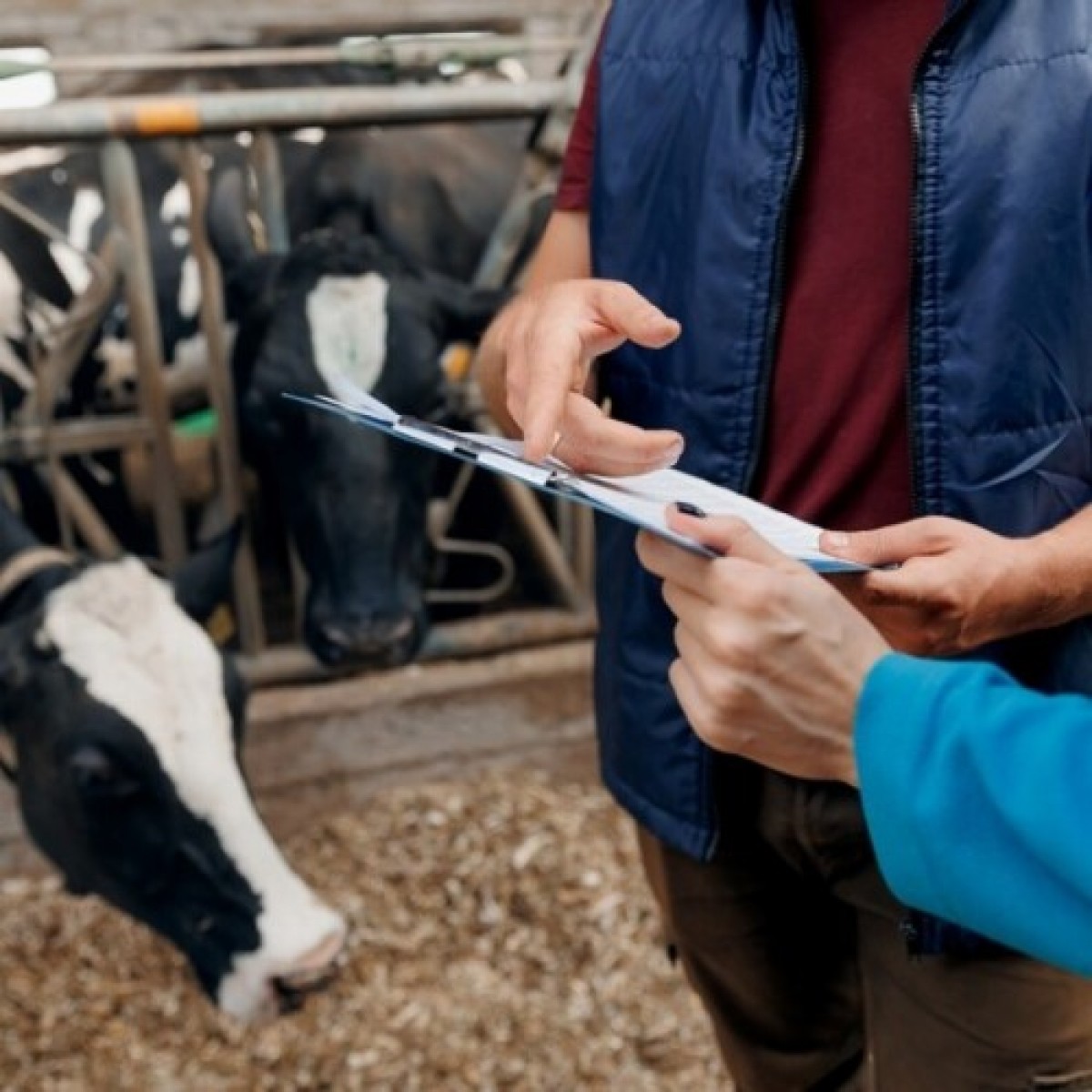
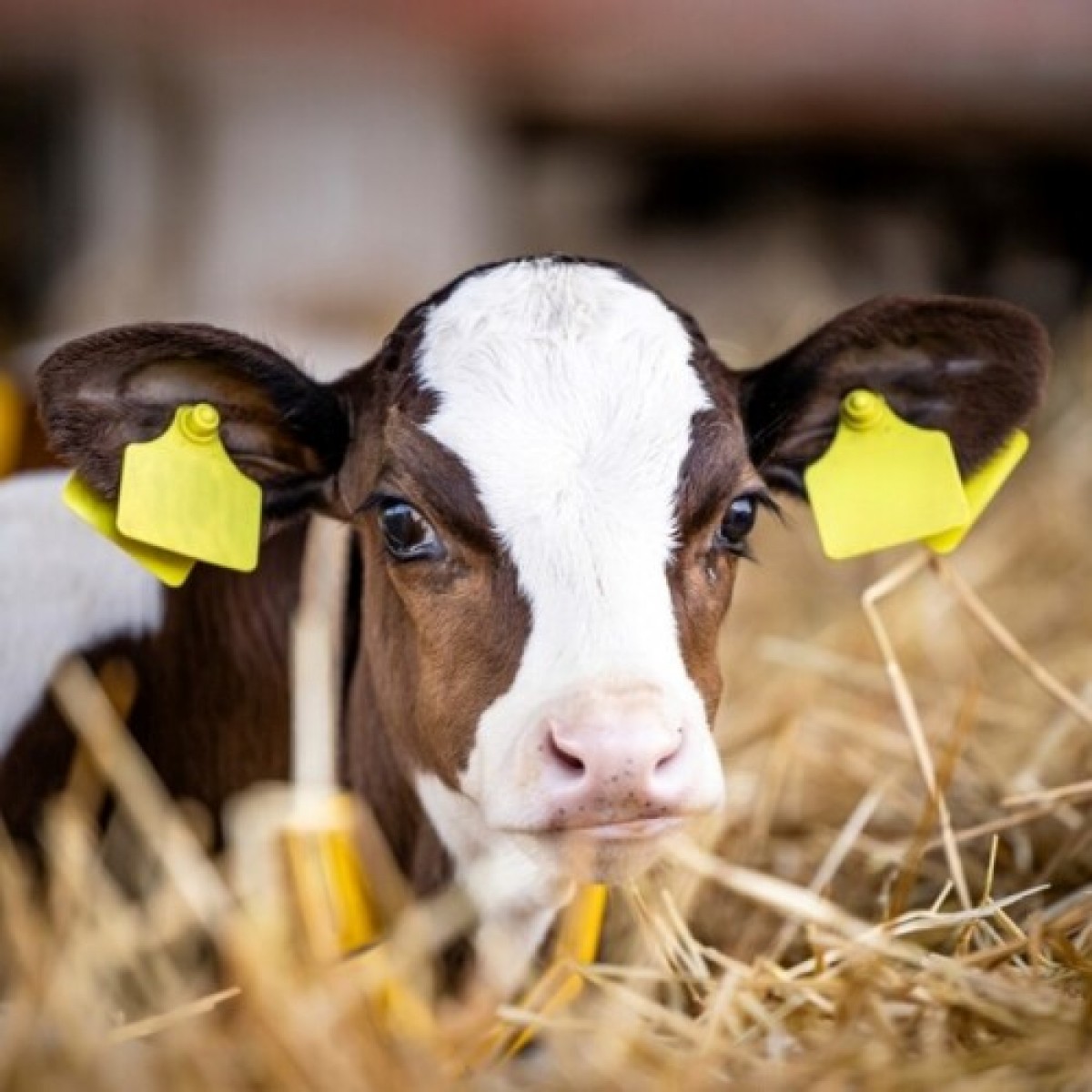
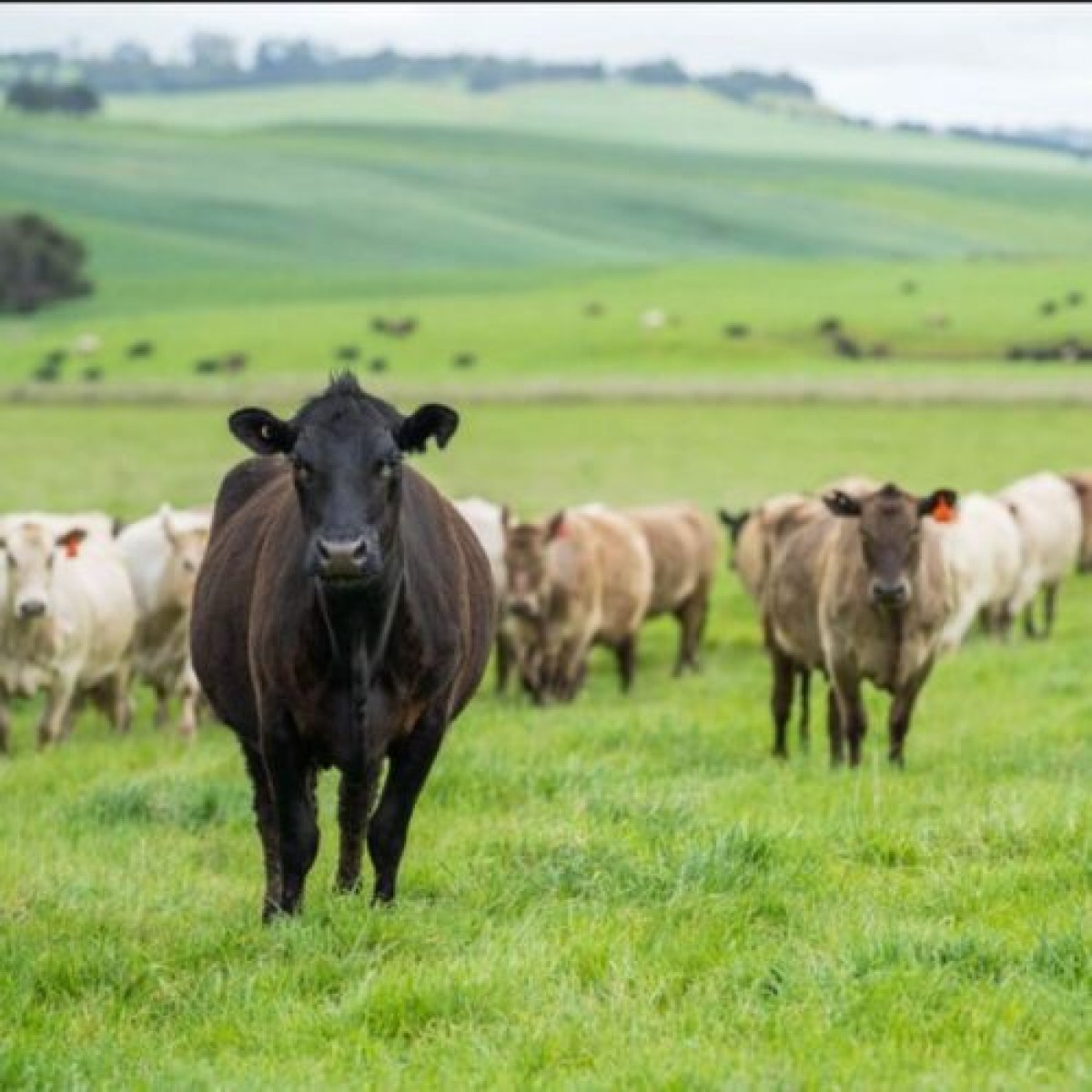
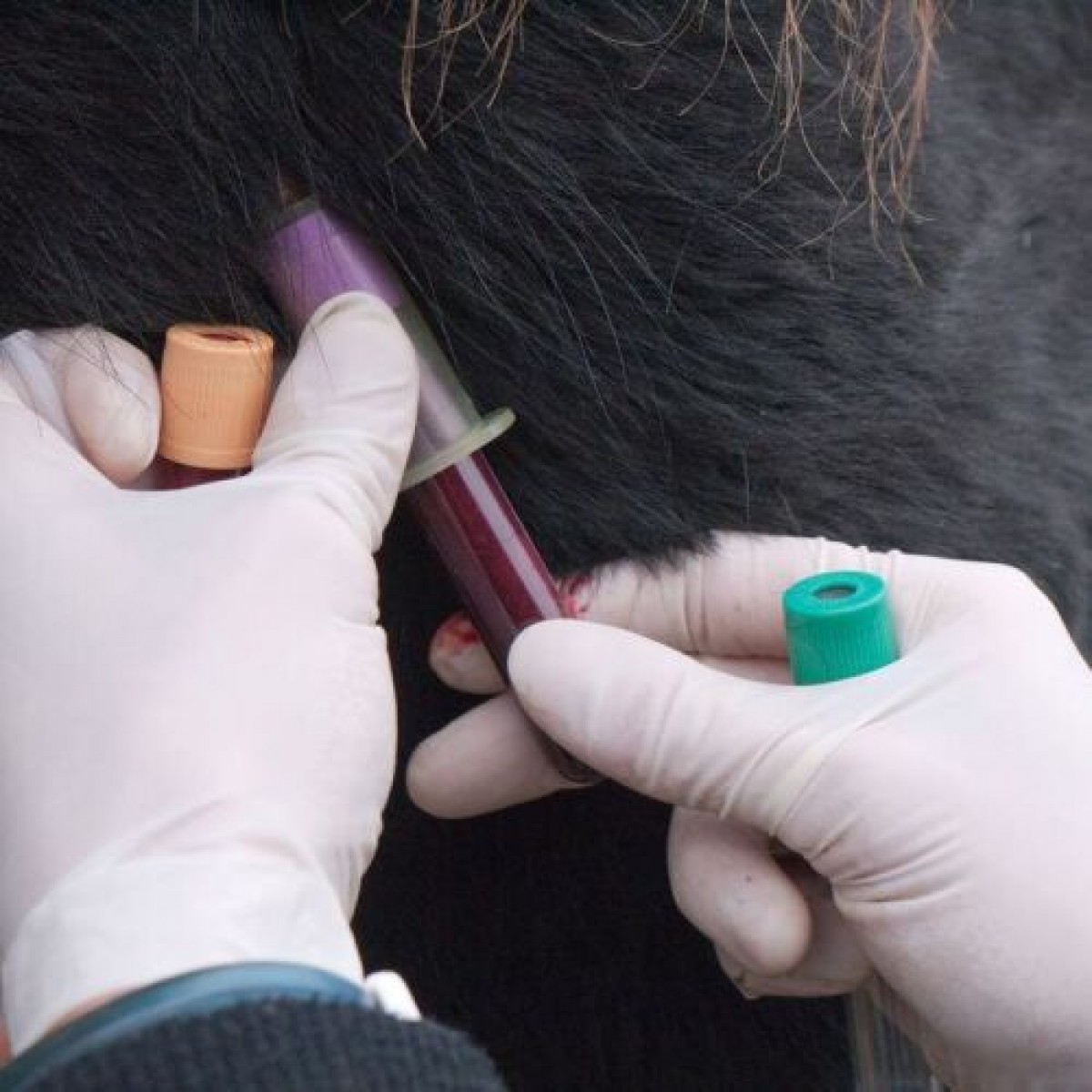


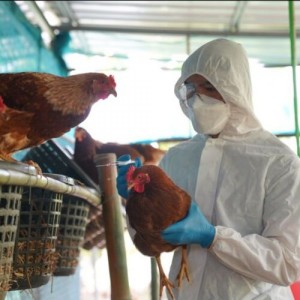



List
Add
Please enter a comment